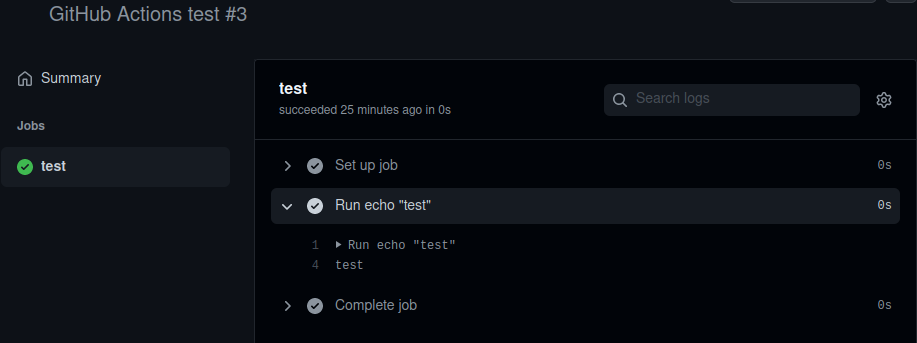

Additionally, teams may wish to formalize this process using a PR Template that has an additional section for the variables being provided.

No such scripting is provided in this guide.
#GITHUB ACTIONS ENVIRONMENT VARIABLES MANUAL#
In many cases, making external calls to the resource can be expensive or time-consuming, significantly slowing down inner loop development.Īzure DevOps, as an example, offers a way to define pipeline variables on a manual trigger: In this situation, testing the pipeline is extremely difficult without having to make external calls to the resource. For example, a workflow might be doing the following: Many integration or end-to-end workflows require specific environment variables that are only available at runtime. We assume that you, as a CI/CD engineer, want to inject environment variables or environment flags into your pipelines and workflows in order to test them, and are using GitHub Actions to accomplish this.
#GITHUB ACTIONS ENVIRONMENT VARIABLES HOW TO#
We also assume basic knowledge with GitHub Actions, including how to write and run a basic CI/CD pipeline, checkout repositories inside the action, use Marketplace Actions with version control, etc. This guide assumes that you are familiar with CI/CD, and understand the security implications of CI/CD pipelines. This provides a bridge between a pre-existing feature in Azure DevOps, and one that has not yet released inside GitHub Actions.

One key feature that GitHub Actions has not yet implemented is the ability to mock and inject runtime variables into a workflow, in order to test the pipeline itself. While GitHub Actions is a popular choice for writing and running CI/CD pipelines, especially for open source projects hosted on GitHub, it lacks specific quality of life features found in other CI/CD environments. Runtime Variables in GitHub Actions Objective


 0 kommentar(er)
0 kommentar(er)
